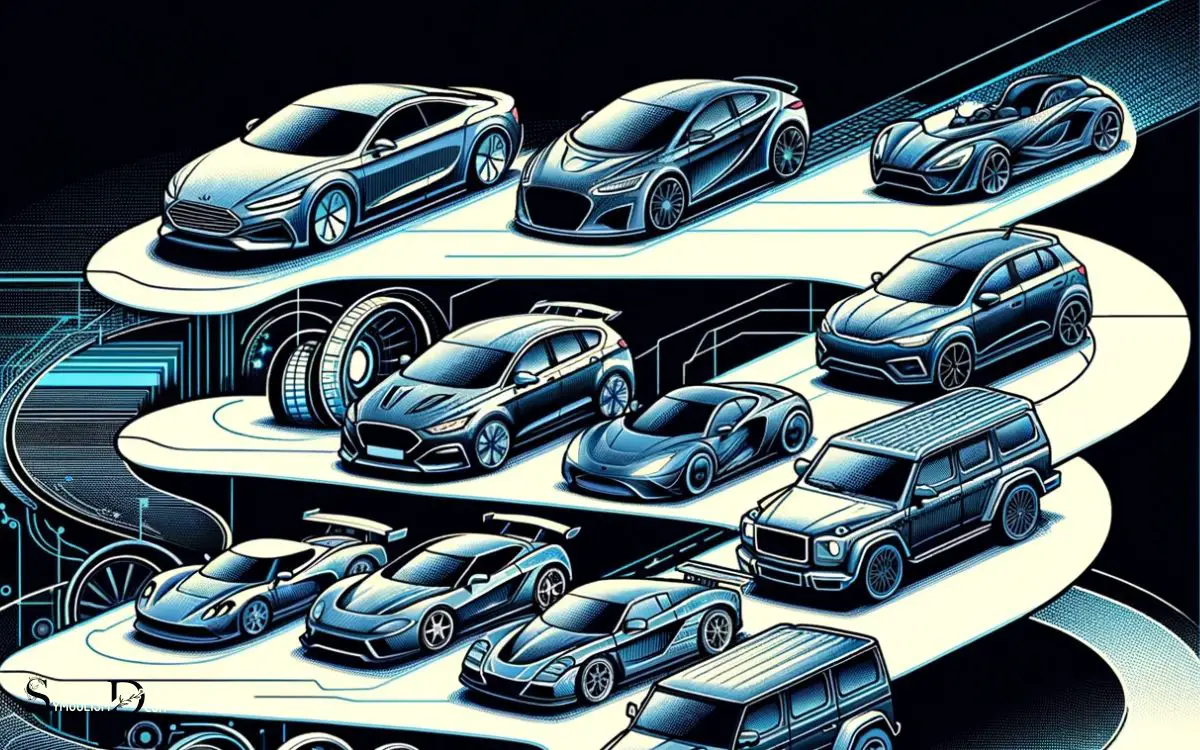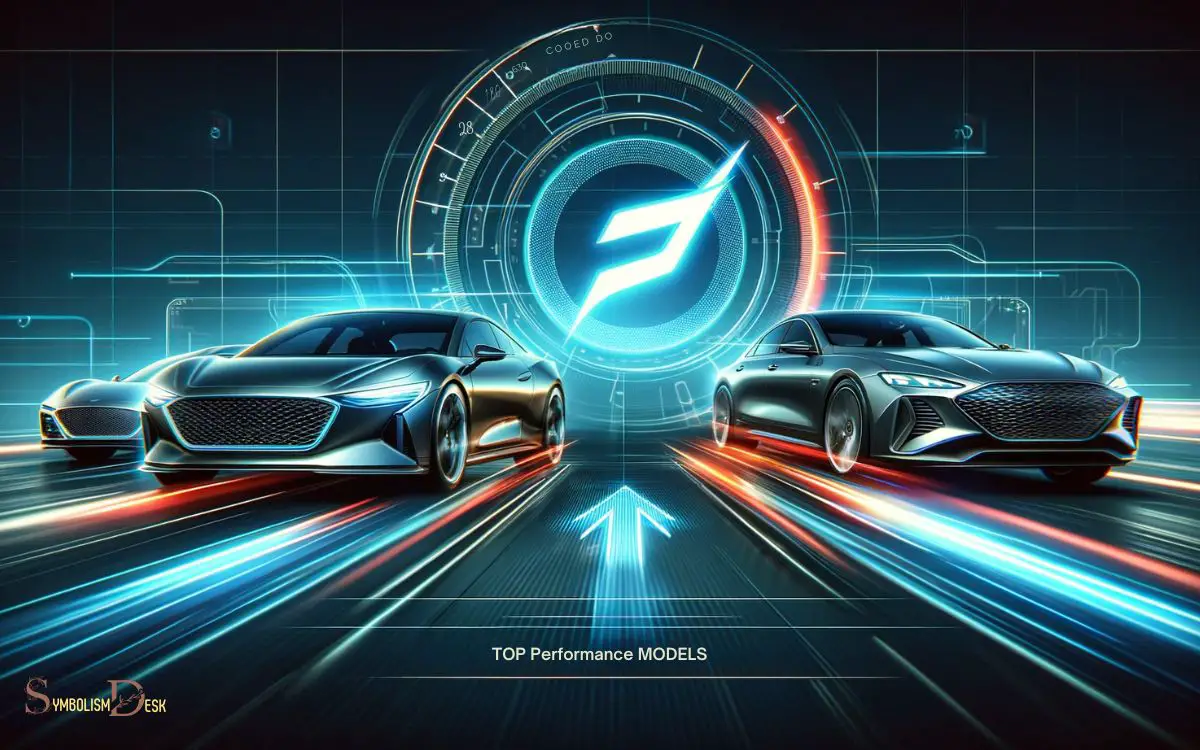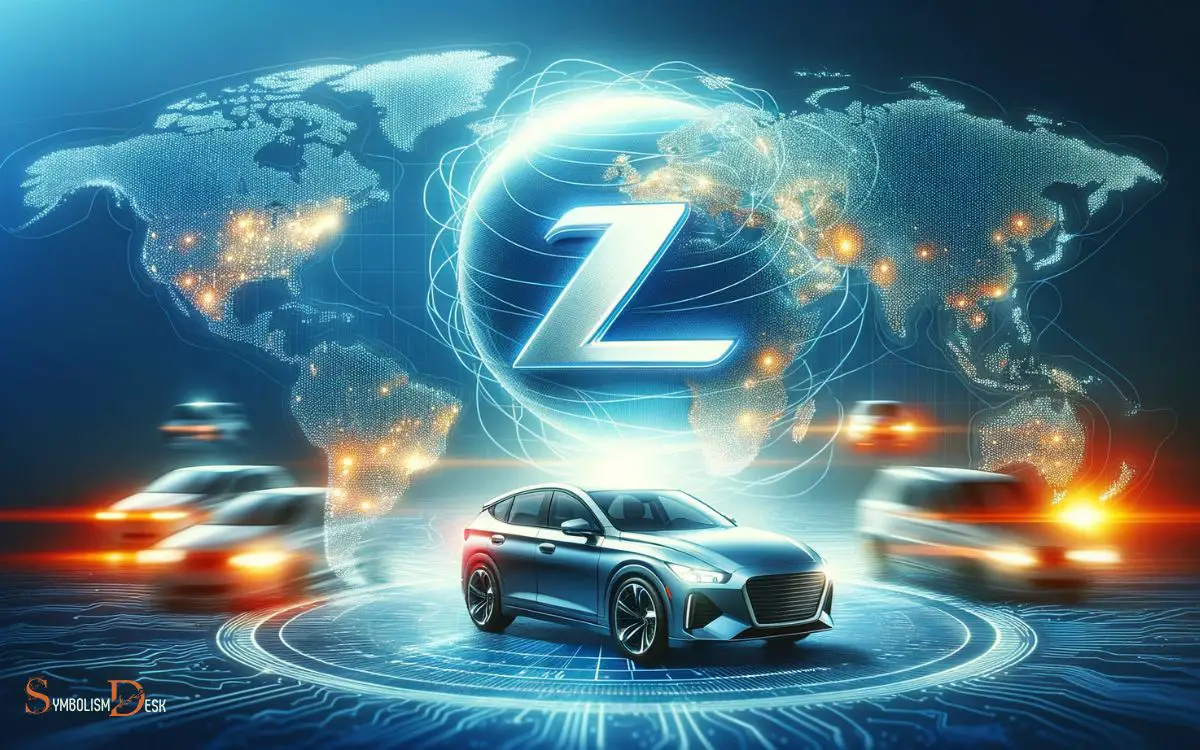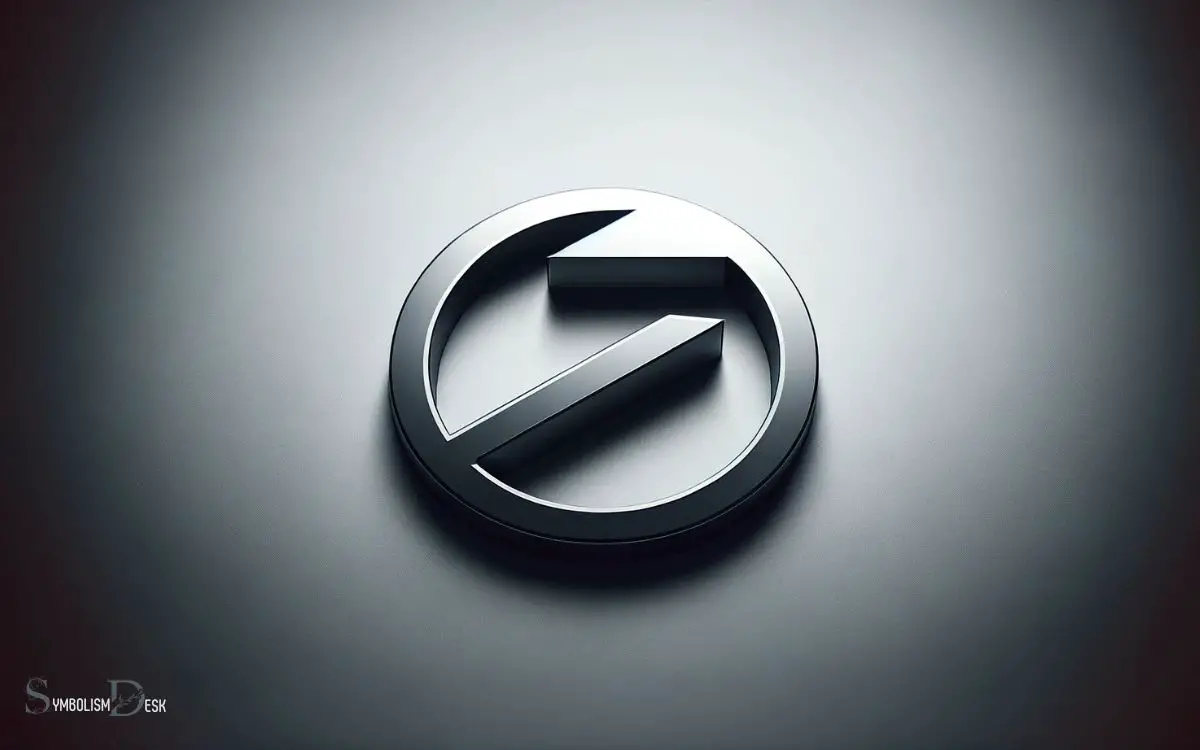Car Brand With Z Symbol: Nissan!
The car brand known for its iconic Z symbol is Nissan, specifically through its Z-series of sports cars. The Nissan Z cars, which originated with the Datsun 240Z in the late 1960s, have been celebrated for their performance, affordability, and distinctive design.
Nissan’s Z series has a rich history, with the Z symbol representing a series of sports cars that have evolved over several generations.
The Nissan Z cars are renowned for:
Discover the thrill and legacy of Nissan’s Z cars, where performance meets iconic design.

Key Takeaway
The Evolution of Nissan’s Z Series: A Legacy of Sports Cars
| Model Year | Z Car Model | Notable Features |
|---|---|---|
| 1969 | Datsun 240Z | Inline-6 engine, rear-wheel drive, iconic long hood design |
| 1974 | Datsun 260Z | Increased engine displacement and minor design updates |
| 1975 | Datsun 280Z | Introduction of fuel injection |
| 1984 | Nissan 300ZX | First use of a V6 engine, modern aerodynamic styling |
| 1990 | Nissan 300ZX Twin Turbo | Twin-turbocharged engine, Super HICAS four-wheel steering |
| 2003 | Nissan 350Z | Return of the Z car, VQ35DE V6 engine, classic Z car proportions |
| 2009 | Nissan 370Z | VQ37VHR V6 engine, SynchroRev Match manual transmission |
| 2022 | Nissan Z Proto | Retro-inspired design, VR30DDTT V6 twin-turbo engine |
Origin of the Z Symbol

The Z symbol used by the car brand has its origins in the company’s early design concepts. It was first conceptualized during the initial stages of the brand’s formation, where the founders aimed to create a symbol that embodied the essence of their vision.
The letter Z was chosen for its sleek and dynamic appearance, reflecting the brand’s commitment to innovation and forward-thinking design.
The symbol underwent several iterations before being finalized, with careful attention given to its proportions, angles, and overall visual impact.
This process resulted in a symbol that not only represents the brand’s name but also conveys a sense of modernity and sophistication. As the brand evolved, the Z symbol became synonymous with its identity, embodying the values and aspirations of the company.
Evolution of Design and Technology

With advancements in design and technology, the car brand’s evolution has been marked by significant strides in innovation and performance.
Aerodynamic Design: The car brand has adopted sleek, aerodynamic designs, reducing drag and improving fuel efficiency.
The evolution of the brand’s design has been characterized by sharp lines, sculpted curves, and integrated spoilers, enhancing both aesthetics and performance.
Advanced Infotainment Systems: The incorporation of cutting-edge infotainment systems has redefined the driving experience.
These systems seamlessly integrate with smartphones, providing real-time navigation, entertainment, and connectivity, enhancing convenience and safety.
Efficient Powertrains: The brand’s evolution has seen the integration of efficient powertrains, utilizing advanced technologies such as turbocharging and hybridization to deliver impressive performance while maintaining fuel economy.
These powertrains have contributed to the brand’s commitment to sustainability and innovation.
Flagship Models and Performance

Having undergone significant strides in innovation and performance with advancements in design and technology, the car brand’s flagship models have set new standards in driving experience and unparalleled performance.
These flagship models are equipped with cutting-edge technologies, such as advanced driver assistance systems, high-performance engines, and aerodynamic enhancements, all aimed at delivering an exceptional driving experience.
The brand’s commitment to performance is evident in the acceleration, handling, and overall driving dynamics of its flagship models.
These vehicles boast top-tier specifications, including powerful engines, precision-tuned suspension systems, and lightweight construction, all contributing to their remarkable performance capabilities.
Additionally, the brand’s flagship models incorporate the latest advancements in materials and manufacturing techniques to ensure optimal performance and efficiency.
Overall, the flagship models represent the pinnacle of the brand’s engineering prowess and dedication to delivering high-performance vehicles.
Iconic Z Symbol in Brand Marketing

Representing a significant element of the brand’s identity, the iconic Z symbol plays a pivotal role in its marketing strategy.
- The sleek, angular design of the Z symbol exudes a sense of modernity and sophistication, appealing to the brand’s target demographic.
- The symbol’s bold, dynamic lines evoke a feeling of speed and agility, aligning with the brand’s performance-oriented image.
- Its metallic finish and reflective properties create a sense of luxury and exclusivity, resonating with the brand’s premium positioning.
- The Z symbol’s seamless integration into various marketing materials, from digital campaigns to product packaging, reinforces brand recognition and recall among consumers.
This iconic symbol serves as a visual shorthand for the brand’s values and attributes, effectively communicating its identity to the market.
Global Influence and Market Presence

The Z symbol’s impact on the brand’s international appeal is equally noteworthy, as it has contributed to the company’s global influence and market presence.
| Global Influence | Market Presence |
|---|---|
| Enhanced brand recognition in diverse international markets | Expanded market share in key regions |
| Strengthened brand loyalty among a global customer base | Increased brand visibility through strategic marketing campaigns |
| Establishment of a strong international distribution network | Successful penetration into emerging markets |
The Z symbol has played a pivotal role in expanding the brand’s reach and recognition worldwide, leading to increased market presence and influence.
This has been achieved through strategic marketing, customer engagement, and a focus on building a robust international distribution network.
As a result, the brand has successfully established itself as a formidable player in the global automotive industry. This strong foundation sets the stage for future innovations and developments in the automotive landscape.
Future Innovations and Developments

Future advancements and developments in the automotive sector are being closely monitored by industry experts.
Autonomous Driving:
- Car manufacturers are investing in autonomous technologies, aiming to make self-driving cars safer and more reliable.
- Enhanced sensors and AI algorithms enable vehicles to perceive and respond to their environment.
Electric Vehicles:
- The development of advanced battery technologies and infrastructure is propelling the growth of electric vehicles.
- Longer battery life and faster charging capabilities are addressing range anxiety and charging time concerns.
Connected Vehicles:
- Integration of 5G and IoT technologies is revolutionizing the concept of connected cars.
- Seamless connectivity allows vehicles to communicate with each other and with the infrastructure, enhancing safety and optimizing traffic flow.
These innovations are shaping the future of the automotive industry, driving towards safer, more sustainable, and technologically advanced vehicles.
Car With a Z Symbol

The “Z” symbol you’re referring to in the context of a car is likely associated with Nissan’s Z series of sports cars. These vehicles, such as the iconic Nissan 350Z and 370Z, are renowned for their performance, sleek designs, and strong connection to automotive enthusiasts. However, if you’re seeing a “Z” in relation to a different Nissan model, like the Sentra, it could be unrelated to the sports series. For instance, drivers might encounter the Nissan Sentra transmission warning symbol on their dashboard, which indicates potential issues with the transmission system that should be addressed promptly.
Nissan has produced a line of sports cars known as the “Nissan Z” or simply the “Z” series for several decades. These cars are known for their performance and have been popular among enthusiasts.
One of the most iconic cars in this series is the Nissan 240Z, which was introduced in the early 1970s. Over the years, Nissan has released various models in the Z series, including the 260Z, 280Z, 300ZX, 350Z, and 370Z.
As of my last knowledge update in January 2022, Nissan had announced the next-generation Z car, the Nissan Z Proto, which was expected to be released as the Nissan Z, and it was anticipated to revive the classic styling and performance that the Z series is known for.
Please note that the information I provided is based on my knowledge up to January 2022, and there may have been developments or new models introduced after that date.
If you are looking for the most up-to-date information on Nissan’s Z series, I recommend checking the official Nissan website or recent automotive news sources.
Conclusion
The Z symbol has become synonymous with cutting-edge design and performance in the automotive industry. Like a beacon of innovation, it has guided the brand to new heights and established a strong global presence.
With a legacy of iconic models and a commitment to future advancements, the brand with the Z symbol continues to push the boundaries of technology and design, setting the pace for the industry as a whole.






